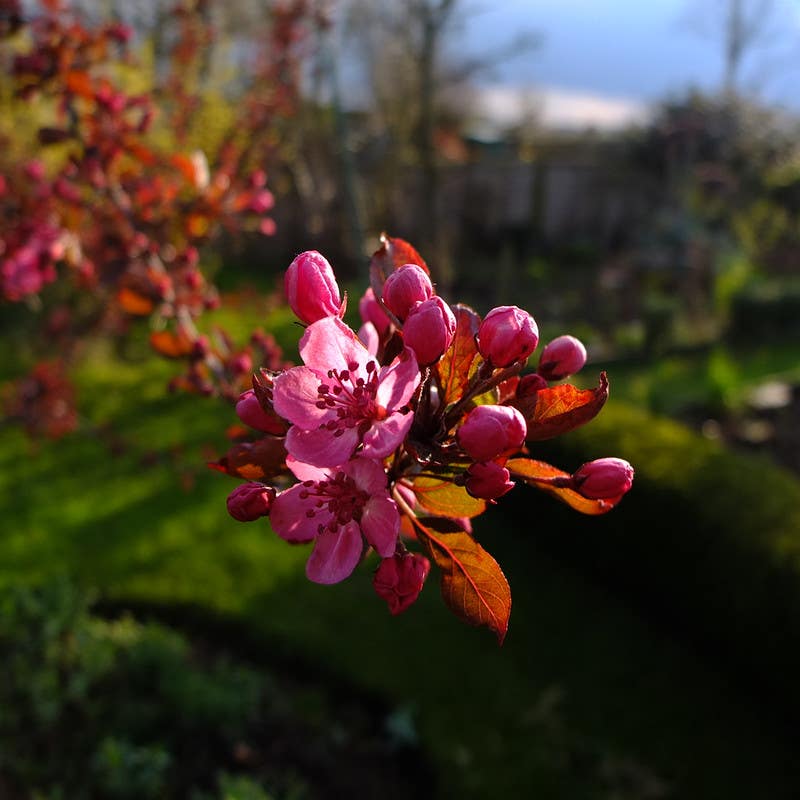Penstemon ‘Cherry Glow’
Blooms are tubular in shape and red with muted white throat in color. The red has a light sheen, which brings out scarlet undertones in the tube. The burgundy red stem and petioles emphasize the brighter hue of the blossoms…
Plant name:Penstemon 'Cherry Glow'
Virtues: Uncommonly tall and elegant, bloom spikes are well over three feet, and carry dense racemes of brilliant red flowers all summer (and well into the fall in milder climates).
Flower color: Blooms are tubular in shape and red with muted white throat in color. The red has a light sheen, which brings out scarlet undertones in the tube. The burgundy red stem and petioles emphasize the brighter hue of the blossoms. In addition, contrasting burgundy and apple green calyces play a role in making the flowers look so bright. In many garden hybrid penstemons, the interior of the flower is white with distinct, dark guidelines. In 'Cherry Glow', the white is not so evident and somewhat muted, with blurred guidelines. This, too, sustains the illusion from afar that each flower is entirely red inside and out.
Foliage: Dark green and narrowly lance-shaped.
Goes great with: Rosa 'Altissimo', Iris pallida 'Variegata', and backed by Hydrangea 'Enziandom'. The rose, which is a shade richer in color than the penstemon, has a similar red at more airy heights. The dark blue mopheads of the hydrangea serve to accent the color and shape of the tubular flowers. Iris pallida 'Variegata', with its strong white vertical streak shows off 'Cherry Glow' the best, especially in the late spring when its foliage is the cleanest. Variegated grasses also make visually pleasing and culturally compatible companions for 'Cherry Glow'.
Season: Summer to fall.
Suggested by: Maurice Horn of Joy Creek Nursery.
Tips: For best results in the garden, grow 'Cherry Glow' in full sun and well-draining soil. Some customers living in colder regions with reliable snowfall (Buffalo, NY for example) have reported success in wintering this plant out in the garden. 'Cherry Glow' requires only moderate water during the heat of summer. If you must feed, do so only once lightly in the spring. Plants can get floppy when they are over-watered, overfed, and over-shaded, and become less able to survive wet winters. Zones 7 to 9.







